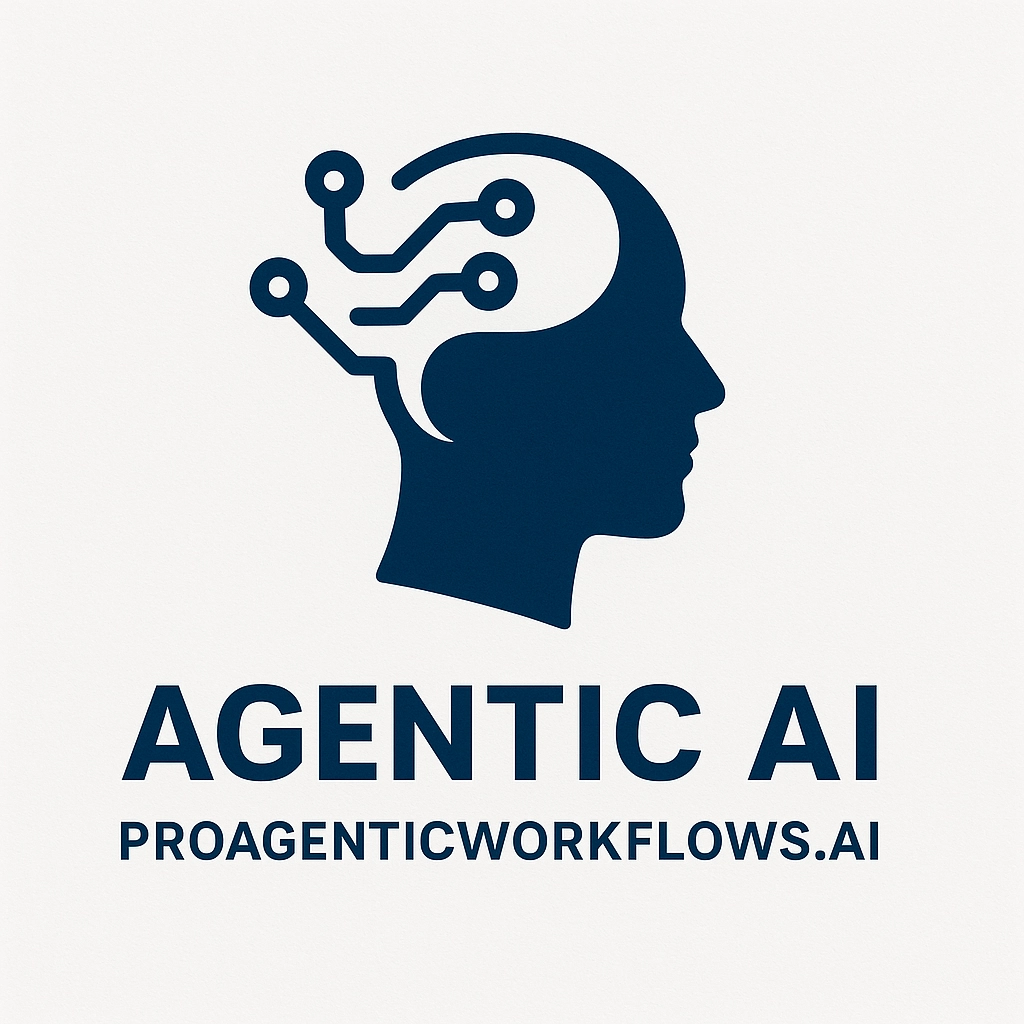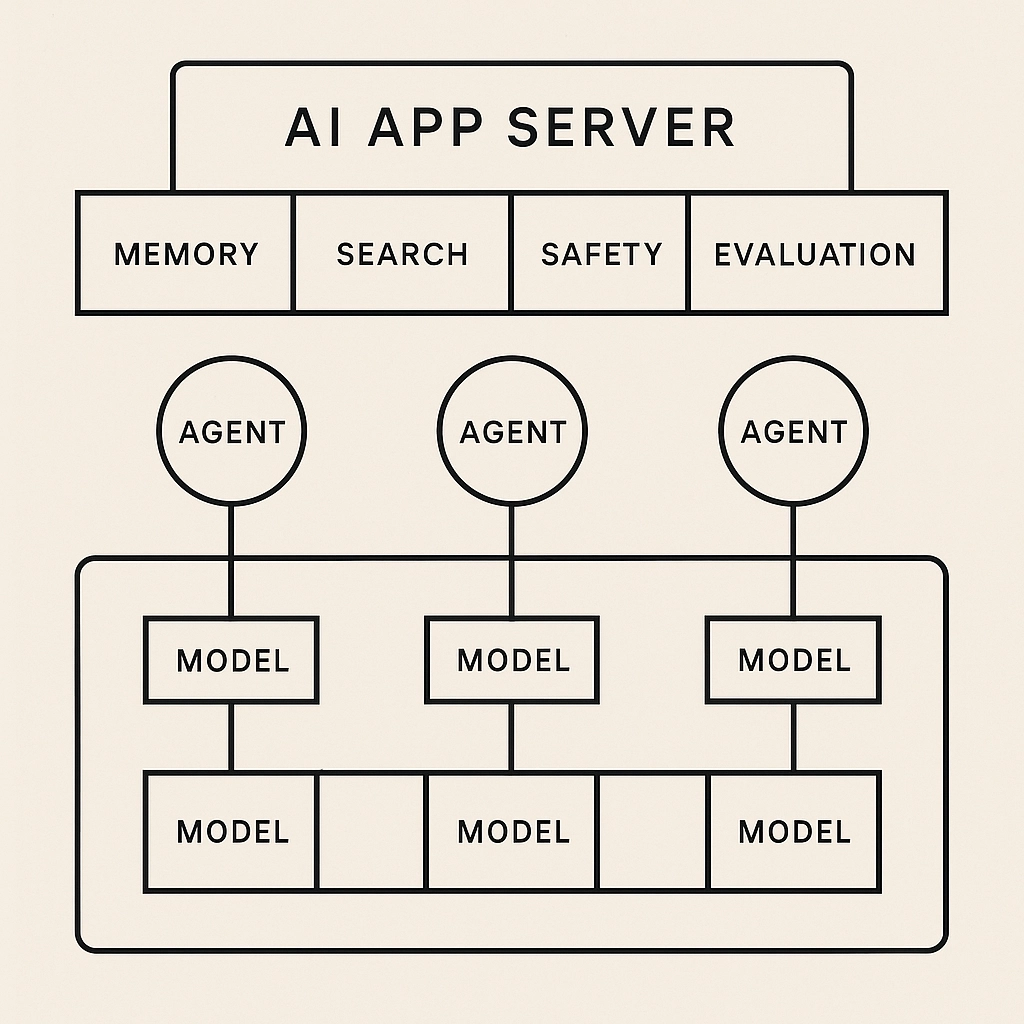In a world where Artificial Intelligence is rapidly evolving, the move from cloud-centric processing to on-device computation is not just a trend—it’s a revolution. Recent breakthroughs in efficient large language models (LLMs) on edge devices are paving the way for a new era of Agentic AI workflows, where AI agents operate autonomously, proactively, and in perfect sync with our daily lives. Drawing inspiration from Qualcomm AI Research’s pioneering work and insights from Chris Lott’s discussion on TWIML, let’s explore how these futuristic implementations are shaping the future of AI agents.
The Shift to Edge AI: The New Frontier for Agentic Workflows
Traditionally, AI models have relied heavily on cloud infrastructure to handle the massive computational demands of tasks such as natural language processing. However, the paradigm is shifting. Today, the potential of running LLMs directly on edge devices—think smartphones, tablets, and even IoT gadgets—is coming to the forefront. This transformation is fueled by three major drivers:
Personalization & Context-Awareness:
Edge devices hold a treasure trove of personal data—from camera inputs and sensor readings to location and user behavior patterns. Leveraging this information enables AI agents to deliver highly personalized and contextually relevant responses, transforming how we interact with our technology. Imagine an AI that not only understands your query but also tailors its response based on your current environment and preferences—all without compromising privacy.Enhanced Privacy:
With sensitive data processed and stored locally, the risk associated with data transmission to remote servers is drastically reduced. This privacy-preserving approach ensures that personal information remains secure, fostering trust between users and their AI systems.Low Latency & Immediate Responsiveness:
By eliminating the need for a round-trip to the cloud, on-device processing slashes latency. The result is a more responsive, fluid user experience, where AI agents can interact in near real-time—an essential quality for applications ranging from voice assistants to real-time translation services.
Overcoming the Edge: Challenges in Deploying LLMs on Resource-Constrained Devices
While the benefits are clear, deploying LLMs on edge devices is no small feat. Devices like smartphones come with inherent limitations, particularly in terms of memory and bandwidth. Here’s a breakdown of the challenges:
Compute vs. Bandwidth:
Running LLMs involves two critical phases: encoding (processing large batches of input tokens) and decoding (generating output token by token). While the encoding phase is compute-intensive, the decoding phase is predominantly bandwidth-limited. Each new token generation requires reading the entire model from memory—a process that can overwhelm devices with limited DRAM (typically 4-8 GB).Memory Footprint & Bandwidth Bottlenecks:
The physical constraints of DRAM and the energy costs associated with moving data mean that even with modern processing power, memory bandwidth remains a significant bottleneck. Innovations in model quantization and compression are key to mitigating these issues.Balancing Compute and Energy Consumption:
With mobile devices operating on limited battery power, achieving high efficiency is paramount. Metrics like “tokens per joule” are becoming crucial benchmarks for evaluating AI performance on the edge.
Pioneering Strategies: From Quantization to Speculative Decoding
To meet these challenges head-on, researchers are employing a range of sophisticated strategies designed to optimize LLM performance on edge devices:
Model Quantization
Reducing the precision of model parameters from floating-point to lower-bit representations (e.g., 4-bit integers) significantly shrinks the model’s memory footprint. This not only conserves DRAM space but also decreases bandwidth requirements, making it feasible to run complex LLMs on everyday devices.
Embracing Small Language Models (SLMs)
Instead of relying solely on colossal models, there’s a growing interest in deploying smaller, more efficient language models—often in the range of 3-4 billion parameters. These SLMs can be either trained from scratch or derived through knowledge distillation, maintaining a balance between performance and efficiency.
KV Compression Techniques
Managing the "Key" and "Value" (KV) matrices, which store historical token data, is critical for longer context windows. Advanced techniques such as pruning, quantizing, or semantically compressing these matrices help keep the memory requirements in check.
Speculative & Self-Speculative Decoding
One of the most exciting innovations is the concept of speculative decoding. By using a smaller “draft” model to predict several future tokens, and then having a larger model verify these predictions, the system effectively reduces the bandwidth bottleneck. This tree-based, recursive approach not only enhances efficiency but also paves the way for more robust self-verification methods—an essential feature for agentic AI systems that must adapt on the fly.
Hybrid Architectures & Orchestration Layers
Hybrid models that combine Transformer layers with state-space models (SSMs) are emerging as promising candidates. These architectures aim to alleviate the growing memory demands of traditional Transformer models. Coupled with an intelligent orchestration layer that dynamically decides whether to use local LLMs or offload tasks to the cloud, this approach creates a seamless, integrated AI workflow that maximizes both efficiency and performance.
Orchestrating Hybrid AI: The Seamless Blend of Edge and Cloud
One of the most transformative aspects of modern Agentic AI workflows is the dynamic interplay between edge and cloud computing. An intelligent orchestration layer embedded within the device—and even integrated at the chip level—ensures that the AI agent can make real-time decisions about where to process a task. This hybrid approach is particularly advantageous when balancing high-stakes, privacy-sensitive operations on the edge with compute-intensive tasks in the cloud.
Imagine a future where your device autonomously determines the optimal processing location based on real-time metrics like latency, power consumption, and contextual relevance. The result is an AI agent that is not only smarter and faster but also more energy-efficient and secure.
The Road Ahead: Voice UI and Beyond
Looking to the horizon, the ultimate vision for Agentic AI involves creating a natural, voice-driven user interface that seamlessly abstracts the underlying complexities of apps and software. Voice UIs powered by efficient on-device LLMs promise an intuitive, conversational experience where interactions are as natural as speaking to a human assistant.
Further research is set to explore novel model architectures tailored for edge deployment, advanced inference scaling techniques, and even new hardware designs that better support these AI workloads. The holistic integration of app design, model innovation, and hardware advancements will be the linchpin of future AI systems—systems that are capable of operating autonomously and intelligently in real-world scenarios.
Conclusion: Empowering Next-Gen AI Agents
The journey towards fully autonomous, agentic AI is a multifaceted challenge that spans hardware constraints, software innovations, and the fundamental principles of machine learning. Qualcomm AI Research’s work, as outlined by Chris Lott, is a compelling glimpse into the future—a future where AI agents are not only reactive but also proactive, contextually aware, and deeply integrated into our daily lives.
As we continue to refine techniques such as model quantization, speculative decoding, and hybrid architectures, the promise of true Agentic AI comes closer to reality. This is an exciting era for AI development, one where the seamless blend of on-device intelligence and cloud capabilities will redefine what’s possible, powering the next generation of AI agents to work smarter, faster, and more intuitively than ever before.
Stay tuned as we witness the evolution of Agentic AI workflows, where every innovation brings us a step closer to realizing a truly intelligent, autonomous future.






Comments